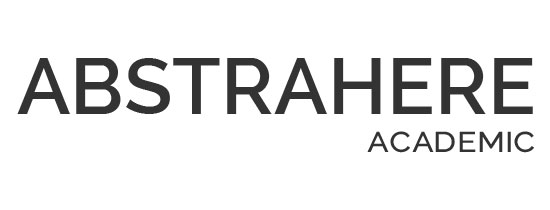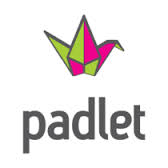The Open Researcher and Contributor ID (ORCID) is a permanent identifier system for researchers that provides a persistent 16-digit numeric identification number (e.g. http://orcid.org/0000-0001-5109-3700) to distinguish you from all other researchers.
If you have published before you are likely to have a ResearcherID or Scopus Author ID, or may have publications indexed in CrossRef. ORCID allows you to easily import information from those systems into one online identity. The identity numbers are then stored in a central registry.
Stellenbosch University (SU) became a member of ORCID in 2015. The development of the SU integration with the ORCID registry is nearly ready for roll-out. Academic staff, researchers and master’s and doctoral students will all receive an e-mail towards the end of February where they will be asked to create an iD and connect this iD with Stellenbosch University. Those who already have an ORCID iD will be asked to only connect and confirm their institutional affiliation.
We would like to encourage all researchers and academic staff to get an ORCID iD if they don’t have one yet. Further developments will allow us to integrate these iDs with researcher information systems, the institutional repository (SUNScholar), grants and contracts and HR systems. There is already a link on the InfoEd system where you can link to your ORCID iD and the National Research Foundation became a member recently and are planning to incorporate ORCID in their national CV system. Read more about funders and enabling platforms mandating the use of ORCID.
More information and frequently asked questions are available on the library guide, ORCID and other researcher identifiers. You are also welcome to register for an ORCID workshop which will be presented on 24 February.
For enquiries or to make an appointment for a short information session at your department, please contact Marié Roux, Tel.: 021-8082623 or your faculty librarian.


 Abstrahere Academic focuses on academic environments, and assists master’s and PhD students to improve and apply their critical reading skills – an important part of their thesis writing. Open and healthy communication between student and academic supervisor about critical text analysis is an integral part of the reading and writing process.
Abstrahere Academic focuses on academic environments, and assists master’s and PhD students to improve and apply their critical reading skills – an important part of their thesis writing. Open and healthy communication between student and academic supervisor about critical text analysis is an integral part of the reading and writing process.